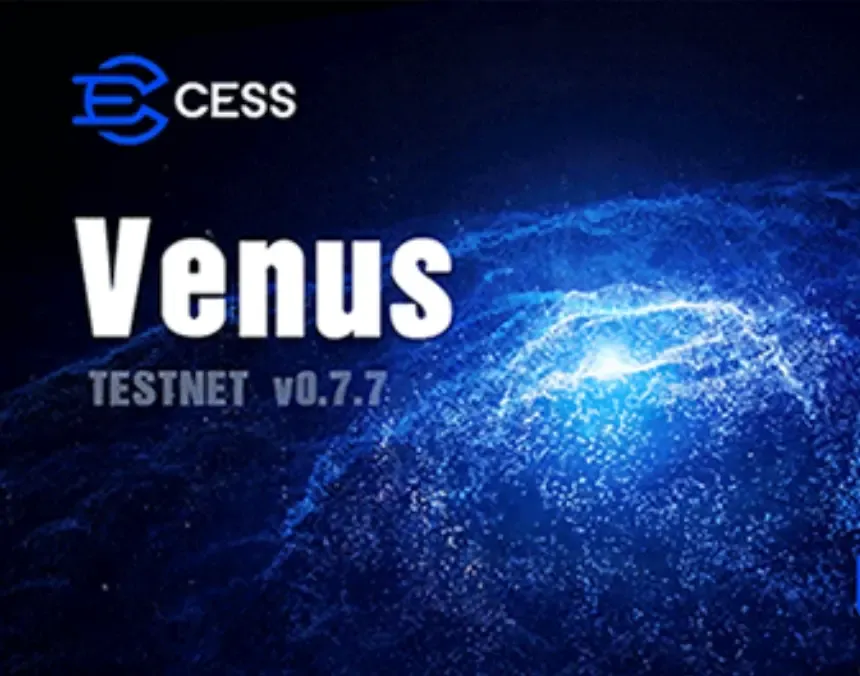Dialogue with Sui Co-founder: Considerations on Internal Team Situation, Testnet Progress, and Future Direction of Mysten Labs
Interviewee: Adeniyi Abiodun, Chief Product Officer of Mysten Labs and Co-founder of Sui
Compiled by: Peng SUN, Foresight News
Adeniyi Abiodun co-founded the Sui blockchain and Mysten Labs with Evan Cheng, Sam Blackshear, George Danezis, and Kostas Chalkias, and currently serves as the co-founder and Chief Product Officer (CPO) of the Sui development team at Mysten Labs. Adeniyi Abiodun started as a software engineer in London. In 2012, he established his first crypto infrastructure business and subsequently held leadership positions at Oracle, VMWare, and Meta.
During the Sui Builder House in Denver, Wayne Cunningham, the technical content manager of the Sui Foundation, conducted an AMA session with Adeniyi Abiodun, allowing the community and users to gain insights into the inner workings of the Mysten Labs team, the results of two testnets, favorite product use cases, and Adeniyi's expectations post-mainnet launch.

Wayne Cunningham: Adeniyi, as the Chief Product Officer of Mysten Labs and a co-founder of Sui, what are your responsibilities?
Adeniyi Abiodun: At Mysten Labs, we are building the foundation for a decentralized network that allows everyone to access digital assets securely, quickly, and at low cost.
In addition, I am responsible for helping the company realize this vision, ensuring that we are measuring the right things while also setting the right goals to take meaningful steps. We have an outstanding team across economics, product, marketing, design, and engineering. While we span many verticals, our daily work focuses on uniting the team around a common goal, ensuring we are creating tailored products for developers trying to enter the Sui platform. We believe Sui is the next-generation blockchain that truly brings broadband to Web3.
Wayne Cunningham: You mentioned measuring the right things; what are the metrics?
Adeniyi Abiodun: What we really care about is whether developers can build applications on a platform that genuinely benefits them. First, can they attract a sufficient target audience? Second, can they build highly secure and trustworthy applications?
That is the advantage of decentralized technology. It allows you to build strong communities, adopt new monetization strategies, build code on shared public infrastructure, and achieve this in a highly scalable manner. We believe developers can form the largest communities on the Sui platform because we can support the largest user base on any Layer 1 blockchain.
Wayne Cunningham: Mysten Labs, the Move language, and the Sui blockchain all stem from your collaboration with Evan, Sam, Kostas, and George at Meta. Can you describe what it was like working with them? How did you get to this point?
Adeniyi Abiodun: We didn't achieve this dream at Facebook, but we believe we have built an excellent team that can help the company achieve most of its goals from a technical perspective. In fact, that goal had no chance of success. Therefore, we believe the best way to realize this vision is to truly build a fully decentralized infrastructure rather than creating something internally at Facebook.
Working with Sam, George, Kostas, and Evan has been a wonderful experience. They are all exceptional, and there is nothing better than starting a company with friends.
Wayne Cunningham: Their resumes are impressive; Sam invented Move, Kostas is an outstanding cryptographer, George is an expert in privacy technology and distributed systems, and Evan has a great blockchain vision. Do they complement each other well?
Adeniyi Abiodun: We are complementary. I have a strong technical background in product, but I still have a long way to go compared to the other team members. CEO Evan is an expert and pioneer in compilers, and he has set a great vision with strong product capabilities. We also have Sam, who invented the Move programming language, along with George and Kostas, who are experts in different fields. I think that is what makes Mysten Labs and Sui unique. We have experts in programming languages, cryptography, and distributed systems, and we have built a highly efficient operational team. All of this is essential for truly solving problems to build the most scalable blockchain ever. Some strong teams may not benefit from this, but it has actually shaped our current success.
Wayne Cunningham: Your focus on products seems to center on the network's practicality and users. How do you create this vision for a network that is still developing?
Adeniyi Abiodun: I am obsessed with this question. I am passionate about creating something that truly fits the user base, and our user base is developers. We focus on creating the best platform for developers to build on. That’s why we spend a lot of time reaching our goals, as we are constantly iterating to make it better. The tools need to be better, the programming experience and building experience need to be better, and the platform usage for developers needs to be better.
Therefore, my job is essentially to help both new and existing developers better understand deep technical concepts and components. Our team is working towards this goal.
Wayne Cunningham: Can you share some insights into the operations of the two testnets, Wave 1 and Wave 2, so far?
Adeniyi Abiodun: Both testnets have concluded successfully. Everything seems to be running well, but the team has done a lot of work behind the scenes. When a specific date or deadline approaches, the entire team comes together. The first testnet was about validating nodes; could we get this network to run with validating nodes, allowing them to run clients instead of us running it ourselves for the past six months?
The second testnet was about token economics. We built tokens directly on the blockchain, and the way the blockchain works in token economics is through merging and fusing together. We needed to prove a lot of things because it was a big bet, and we believe we can demonstrate a lot in Wave 2. The upcoming Wave 3 will be developer-centric.
Wayne Cunningham: Were there any surprises in token economics during the operation of testnet Wave 2?
Adeniyi Abiodun: From a consumer perspective, what is frustrating about Web3 is the unpredictability of gas prices. If gas fees are volatile, we cannot build systems that can be adopted at scale. We designed an element in the token economics that aims to keep gas fees as stable as possible, even during high volatility and network congestion. Wave 2 has proven this.
Wayne Cunningham: Is this model fundamentally different from the cloud model, where you must add servers to keep up with traffic?
Adeniyi Abiodun: It is somewhat similar. Most blockchains cannot add more resources to the network; their capacity is fixed, and the best way to ensure that they are not affected by network congestion is to raise transaction prices, which essentially allows them to process the highest bidders continuously. This is a way to control network congestion, but it is a poor model. In fact, the cloud model does not work this way; Google does not increase my bill just because they launched 50 independent applications. What they do is add more servers to solve the issue. Sui is designed similarly, where as the network becomes congested, validating nodes do not increase gas fees but can simply allocate more resources to maintain the balance between supply and demand.
Wayne Cunningham: What do you expect the mainnet launch to look like? Will it transition smoothly from testnet Wave 3, or will there be something distinctly different?
Adeniyi Abiodun: We will not launch a blockchain that is low-performing, insecure, and lacking all the features we want to provide developers. The mainnet will be feature-rich, and the only thing to do after launch is to add additional scalability and improvements for developers.
On the first day of the mainnet launch, users will be able to use applications, play Sui Capys, and trade on DEX and central limit order books. Users will be able to do everything they can do on traditional blockchains, but the difference is that we have applications that create more engagement than traditional blockchains.
NFTs on Sui are dynamic, and they will provide more user engagement, which will foster the creation of more interesting communities in new ways.
Wayne Cunningham: What are some of your favorite use cases for applications on Sui?
Adeniyi Abiodun: Gaming is one of our favorites. We believe gaming has integrated well with digital asset ownership, including liberating these assets on public ledgers, allowing people to freely build composability on Sui. This is very unique because it is fully composable, which other blockchains cannot achieve. This will facilitate a new wave of collaboration that was previously unimaginable.
Wayne Cunningham: Do you expect the gaming environment to be richer, perhaps with experiences on gaming consoles? Do you expect to see this type of evolution on the blockchain?
Adeniyi Abiodun: We have announced partnerships with some of the world's leading game studios, who are experts in creating AAA games. We believe games must be fun first, which is why we collaborate with experienced game makers. We will be releasing a lot of reports on specific game applications that will launch on the Sui mainnet.
Wayne Cunningham: In the long run, will Mysten Labs focus on building the Sui blockchain, or will it develop its own applications and build user experiences?
Adeniyi Abiodun: Our goal is to provide ongoing service to developers, which is what we are here to do, and it is key to Sui's success. It has been incorporated into the Sui Foundation, allowing it to develop independently of Mysten Labs.
From now on, Mysten Labs' work is to continuously focus on this area and identify gaps for developers. How can we fund those companies that are doing better in developer experience, or how can we build ourselves the companies we believe have the opportunity to create products that are 10 or 100 times better than what is currently on the market? This is essentially about providing better development tools for developers.










